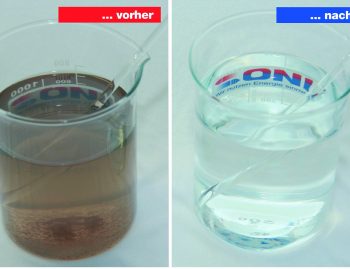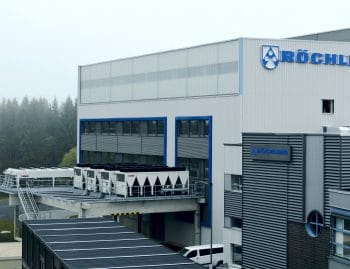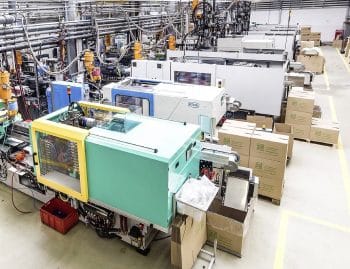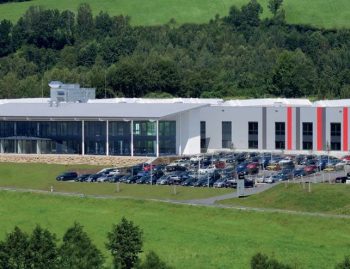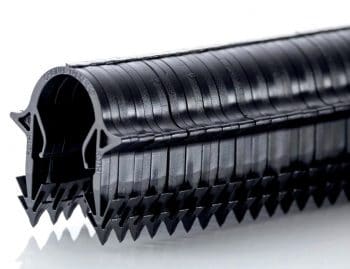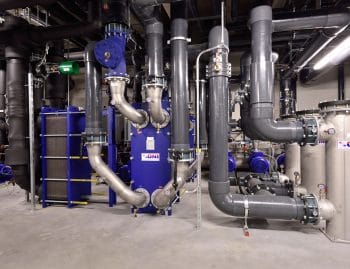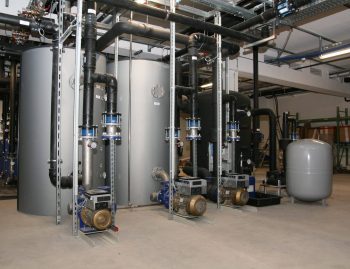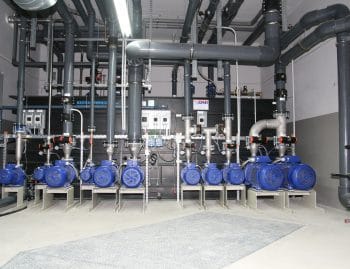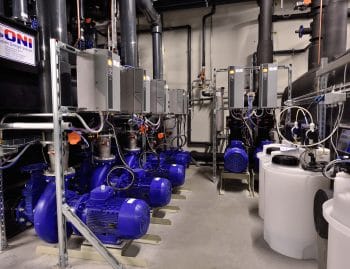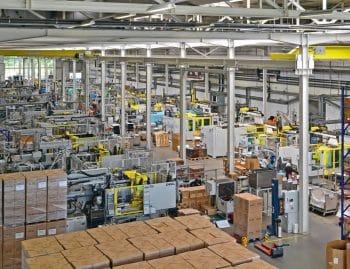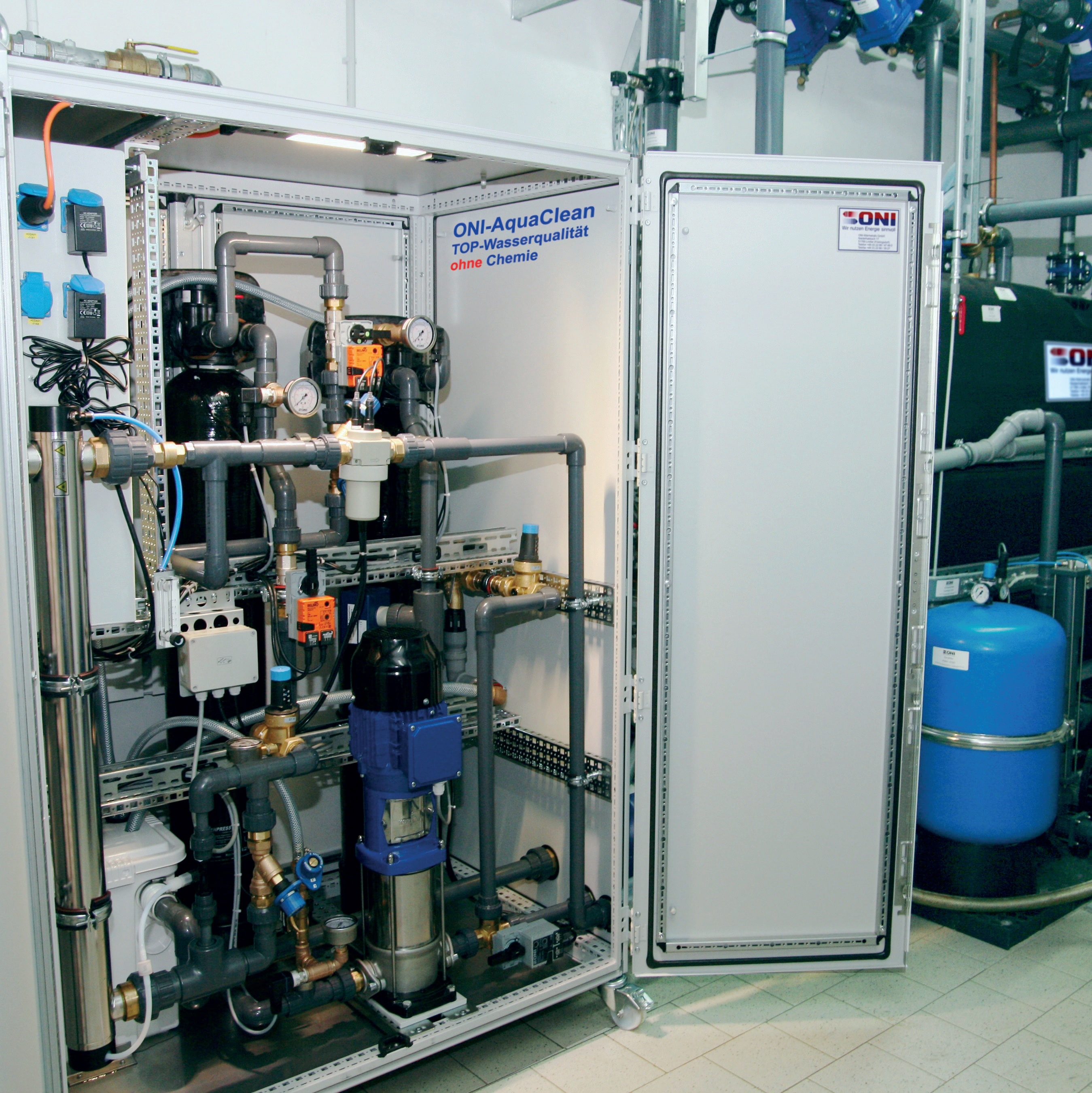
State-of-the-art machinery and special attention to tooling and process technology are a matter of course rather than an exception for the production of sophisticated moulded parts. This can be extended to other areas - until, even until, a sub-area is reached that is related to mold temperature control. We are talking about the water taps that are still used in many cases today. Here you really have the opportunity to catch a tiny glimpse behind the scenes of the plastics processing. At least one gets an idea of how much or how little biology and dirt is on the way in the tool cooling circuit.
Is cooling water only a means to an end and rather a necessary evil than a valuable link in the process chain or perhaps more valuable than expected? A first sober look reveals that nothing works at all without an adequate supply of cooling water. If you also take a closer look, you can quickly imagine that poor cooling water quality inevitably has negative effects on the production process. If you go one step further in terms of logic, you are already in the middle of the topic of influencing factors on the process chain and the many effective directions of cooling water quality. Practical experience also shows that water quality in cooling circuits has a decisive influence on energy efficiency, operational and process safety as well as the maintenance costs of production plants, system circuits and their components. A relatively large number of companies have to struggle with high operating and maintenance costs due to poor cooling water quality, and in some cases even with production downtimes.
Employees from the maintenance sector, for example, try to counter this problem with more or less success by means of various measures and equipment installations. The contamination of the cooling water by bacteria, viruses, algae and fungi is usually controlled by adding chemicals, usually by adding biocide. Apart from the problematic handling, the purchase of such chemicals, the necessary safety measures and the use of personnel for handling incur considerable costs. Sustainable success, however, is rare. In addition, the problem of contamination by solid particles remains, from the quickly settling coarse grain to the dispersing fine grain.
How can this problem be tackled without having to string together complicated individual processes or allow the use of chemicals to shoot completely into the herb? With the newly developed system technology "AquaClean" from ONI, a completely new system approach and ultimately an efficient solution was found. Summarized in a profile, the technology describes itself as a systemically structured device combination. Measuring sections for conductivity, pH value, redox voltage and volume flow in conjunction with a high-performance computer provide the information required for the step-by-step cooling water treatment. The actual water treatment then takes place via various filter units and a downstream, intrinsically safe ozone reactor. A pump unit supplies the "AquaClean" system with a defined quantity of water independent of the cooling water network, and the integrated lifting unit ensures that backwash water is discharged - even in cellar areas that do not have their own wastewater discharge point.
Multi-stage filtration
The basis for the highest possible water quality is as low a concentration of solid particles as possible and a low biological load in the most diverse genera as possible. The background is the different mechanisms of action of these constituents, such as corrosion in the form of pitting corrosion or the obstruction of heat transfer by biofilms enriched by solid particles.
In order to achieve the best possible result, the "AquaClean" system was equipped with a multi-stage filter system. The combination of several filter units, consisting of a backwashable AFM filter and a downstream, likewise backwashable ultra-fine filter with a filter capacity of up to 0.02 μm, ensures a massive reduction of solid particles as well as bacteria and viruses. This removes an essential basis of life from the bio-lawn existing in the network and harmful biological loads from the flowing cooling water. A pump unit was integrated to ensure that the filter units are subjected to as constant a pressure as possible and to bridge the pressure difference between the piping system and downstream components. The system is thus completely independent of the central cooling water supply and does not call up any additional head reserves from there.
An intrinsically safe ozonation system downstream of the filter system is used to combat biological contamination of the entire system. The highly reactive ozone ensures not only the control of biological contents, but also the oxidation of dissolved metals in a very short time. The resulting oxidation products are then removed from the water by ultrafiltration. This effect significantly reduces the corrosiveness of the cooling water, which means that the use of corrosion protection agents can be reduced accordingly. Practical experience shows that after a system operating time of three to four weeks - even with extensive network structures - the bacterial load is reduced by up to 99.9 percent. All other biological contaminants are degraded to almost the same extent.
Solution for a wide range of problems
Practice also shows that the use of such a system technology in cooling circuits with problematic water quality solves several problems at the same time. These are primarily the costs caused by contamination or biological loads in the cooling water. The spectrum ranges from production interruptions and the resulting cleaning of tools, heat exchangers, in some cases even the entire cooling water system, to the purchase of biocides and the replacement of plants and equipment destroyed by corrosion. In addition, there are also the cost burdens that arise in the affected operating areas but are not consistently recorded. In many of these cases, ONI's new "AquaClean" technology is the right system solution because its use significantly improves the quality of the cooling water and consequently the operating conditions in the cooling water networks. Thus several problems are solved and the conditions are created again for the company to be able to concentrate on its core competence: the production of high-quality moulded parts.





